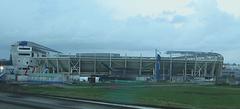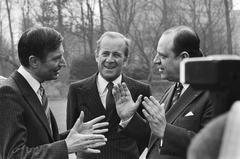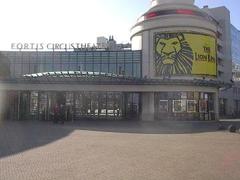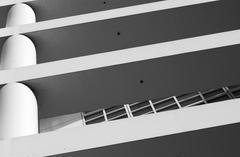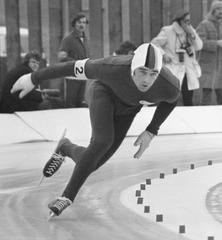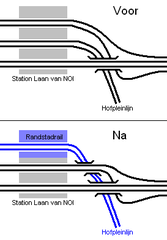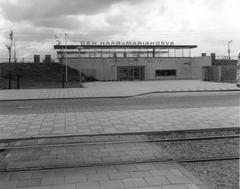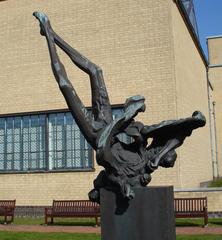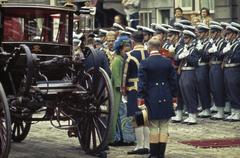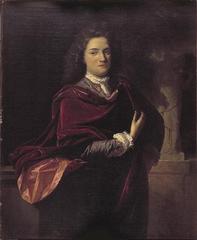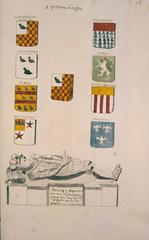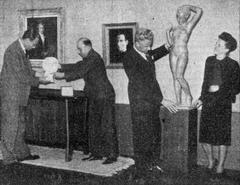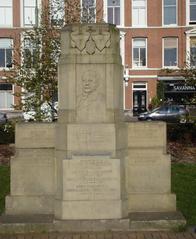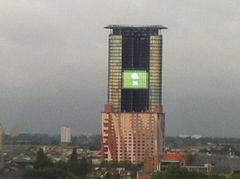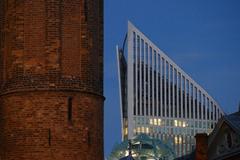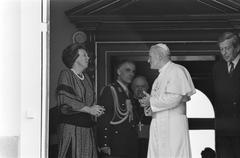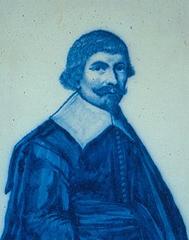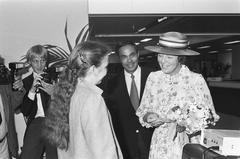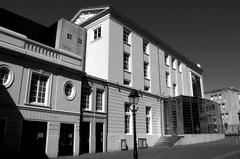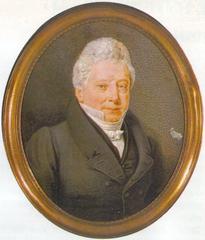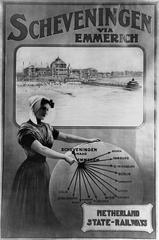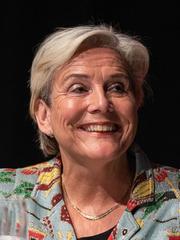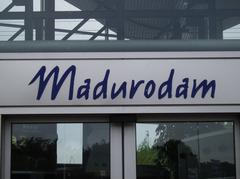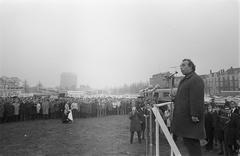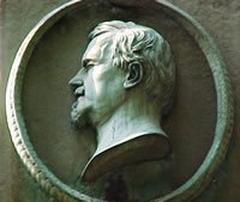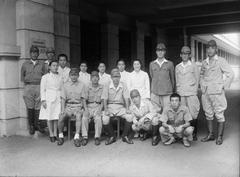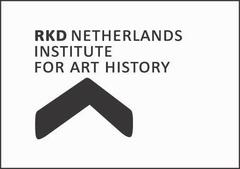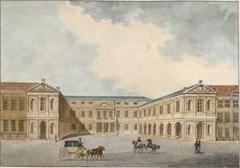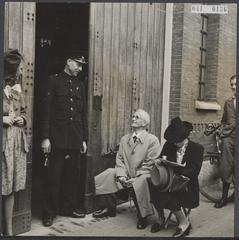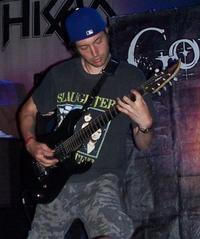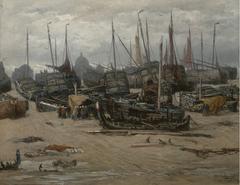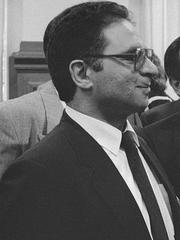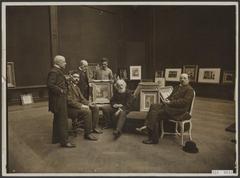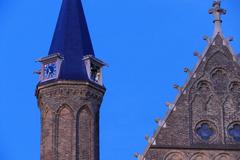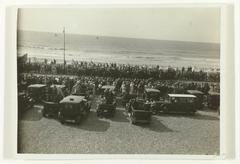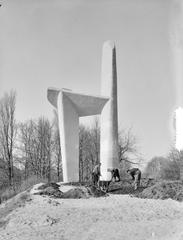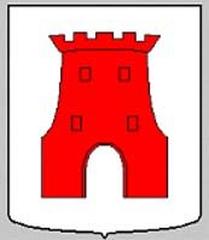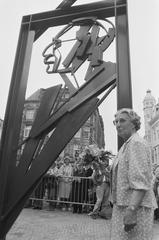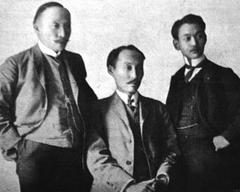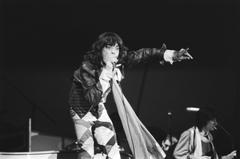Nieuwe Badkapel Visiting Hours, Tickets, and Comprehensive Guide to Scheveningen’s Historic Landmark
Date: 04/07/2025
Introduction
The Nieuwe Badkapel stands as one of Scheveningen’s most significant monuments, embodying the district’s rich religious, architectural, and cultural heritage. This guide offers a thorough exploration of the church’s history, architectural features, community role, and practical visitor information—ensuring you make the most of your visit to this iconic Dutch Protestant church.
Table of Contents
- Introduction
- History and Origins
- Architectural Features and Artistic Influences
- Interior Highlights and Royal Connections
- Restoration and Monument Status
- Role in Community and Cultural Life
- Visiting Information: Hours, Tickets, and Accessibility
- Events and Cultural Programming
- Nearby Attractions
- Frequently Asked Questions (FAQ)
- Visual and Interactive Elements
- Plan Your Visit and Community Involvement
- References
History and Origins
The origins of the Nieuwe Badkapel date back to 1873, when the “Vereniging De Protestantsche Kapel of Badhuiskerk” was founded to serve the growing number of Protestant bathers and tourists in Scheveningen. The original Badkapel was built in 1874 at Gevers Deynootplein (now Palaceplein), but as Scheveningen expanded, and the congregation grew, the need for a larger, more permanent church became evident (nieuwebadkapel.nl).
In the early 20th century, urban redevelopment led to the demolition of the original Badkapel. The municipality offered a new site at the intersection of Nieuwe Parklaan and Nieuwe Duinweg, along with financial support for construction. Architect W.Ch. Kuijper Jr. designed the new church, which was completed in 1916. The Nieuwe Badkapel quickly became a landmark of early 20th-century Dutch Protestant architecture (reliwiki.nl).
Architectural Features and Artistic Influences
Exterior
- Style & Structure: The Nieuwe Badkapel is an outstanding example of the Rationalist and neo-Romanesque styles, influenced by H.P. Berlage and K.P.C. de Bazel. Its Greek cross plan (four equal arms) is rare among Dutch Protestant churches (denhaag.com).
- Materials: Constructed from red brick with natural stone accents, the church’s robust yet harmonious proportions are a testament to early 20th-century Dutch design.
- Towers: Two slender, square towers with Jugendstil (Art Nouveau) spires and decorative tilework frame the main facade, topped with copper domes, adding both verticality and visual interest.
- Windows: Large round-arched windows with stained glass and brick tracery bathe the interior in natural light and showcase abstract and biblical designs (denhaag.com).
- Arcaded Galleries: Three sides of the church feature arcaded galleries—open at the front, glass-enclosed at the sides—creating a welcoming transition between the church and its urban environment.
Interior
- Spatial Layout: The cruciform (Greek cross) design creates an intimate yet grand space with a central crossing, seating for 700–950, and excellent sightlines to the pulpit and organ (nl.wikipedia.org).
- Vaulting & Lighting: Wooden barrel vaults enhance acoustics and warmth, while seven large copper chandeliers provide soft illumination.
- Furnishings: The pulpit, constructed from teak and surmounted by a domed soundboard, and the original galleries’ benches remain largely intact. Liturgical furnishings added in 1989 complement the historic interior (haagsorgelkontakt.nl).
- Stained Glass & Jugendstil Details: Vibrant stained glass and delicate Jugendstil decorative elements in stone, ironwork, and woodwork enrich the Rationalist structure (archimon.nl).
Interior Highlights and Royal Connections
The Nieuwe Badkapel’s interior has retained much of its original character. Historically, the church featured a royal box used by Queen Wilhelmina and other members of the Dutch royal family. Although the royal box was removed during renovations in the 1970s, its original seating is preserved in Muzee Scheveningen, underscoring the church’s regal associations (haagsorgelkontakt.nl).
The church’s organ, built in 1926 by Van Dam & Zn. and restored in 2020, is a centerpiece of both worship and musical events, renowned for its 43 stops and rich sound, making the Nieuwe Badkapel a favored venue for concerts and recitals.
Restoration and Monument Status
Over the decades, the Nieuwe Badkapel has undergone significant restoration to preserve its structure and appearance. The most extensive recent restoration took place between 2012 and 2014, addressing the towers, roof, masonry, galleries, and entrance arcade, while integrating modern amenities like LED lighting (nieuwebadkapel.nl). The church has been a designated Rijksmonument (national heritage site) since 1993 and was awarded the Haagse Monumentenprijs in 2015 for its architectural and cultural significance.
Role in Community and Cultural Life
Since its inception, the Nieuwe Badkapel has been a hub for both religious and community life in Scheveningen. It hosts regular Protestant services, cantata performances (often in collaboration with the Haags Barokgezelschap), and community gatherings (haagsbarokgezelschap.nl). The church is also a venue for ecumenical events, such as the annual liturgy during the Week of Prayer for Christian Unity (RK Den Haag). Educational initiatives and charitable programs further underscore its commitment to community outreach and inclusivity.
Visiting Information: Hours, Tickets, and Accessibility
- Location: Nieuwe Parklaan 90, 2587 BV Den Haag, Scheveningen (nieuwebadkapel.nl).
- Getting There: Easily accessible by tram lines 1 and 9, with stops nearby; paid parking available in the vicinity.
- Visiting Hours: Generally open during Sunday services (10:00 AM) and special events. Summer open days are typically Saturdays from 14:00 to 16:00. Always check the official agenda for up-to-date hours.
- Tickets: Entry to regular services is free. Concerts and special events usually require a ticket (prices for major concerts around €25; advance booking recommended) (podiumaanzee.nl).
- Accessibility: The church is wheelchair friendly, with accessible restrooms and ramps at the main entrance.
- Guided Tours: Occasionally available during open days and by request for groups; see the official website for details.
Events and Cultural Programming
The Nieuwe Badkapel is not only a place of worship but also a vibrant cultural venue. It hosts a year-round program of concerts, recitals, exhibitions, and community events. Notable highlights include performances by local and international musicians, participation in Open Monumentendag, and collaborations with groups like the Haags Barokgezelschap (scheveningen.com; scheveningen.com).
Nearby Attractions
- Scheveningen Beach and Pier: Enjoy seaside walks, dining, and entertainment (dutchreview.com).
- Muzee Scheveningen: Discover the fishing village’s cultural history and see artifacts from the original Badkapel.
- The Kurhaus: Visit the grand historic hotel and concert venue.
- Museum Beelden aan Zee: Explore contemporary sculpture in a unique setting.
- Oud Scheveningen: Stroll through the old fishing village for a taste of local heritage.
Frequently Asked Questions (FAQ)
Q: What are the Nieuwe Badkapel visiting hours?
A: Generally open during Sunday services (10:00 AM) and special events. Summer open days are typically Saturdays 14:00–16:00. Check the official agenda for the latest updates.
Q: Do I need a ticket to visit?
A: Entry to regular services is free. Tickets are required for most concerts and special events.
Q: Is the church wheelchair accessible?
A: Yes, with ramps and accessible restrooms.
Q: Are guided tours available?
A: Occasionally during open days or by request.
Q: Can I take photos?
A: Photography is generally allowed when no service or event is underway; always check for restrictions.
Q: Are refreshments available?
A: Coffee or tea with a traditional Dutch cookie is offered after Sunday services; refreshments may be sold during events.
Visual and Interactive Elements
- Images: View high-quality photos of the exterior (twin towers, arcaded galleries) and interior (wooden vaults, stained glass, organ loft) on the official website.
- Virtual Tours: Experience the church remotely via online virtual tours.
- Maps: Use interactive maps for directions and information about nearby attractions.
Plan Your Visit and Community Involvement
- Arrive early for services and concerts, as seating can fill quickly.
- Combine your visit with nearby cultural or seaside attractions for a full day in Scheveningen.
- Stay informed via the church’s Facebook, Twitter, and YouTube channels.
- Download the Audiala app for guided audio tours and real-time updates on events and heritage sites.
- Contact the church for special accessibility or group tour requests: [email protected] or +31 70 355 91 75.
References
- nieuwebadkapel.nl
- denhaag.com
- reliwiki.nl
- nieuwebadkapel.nl - Agenda
- haagsbarokgezelschap.nl
- scheveningen.com
- scheveningen.com Evenementen
- archimon.nl
- haagsorgelkontakt.nl
- RK Den Haag
- podiumaanzee.nl
- dutchreview.com
